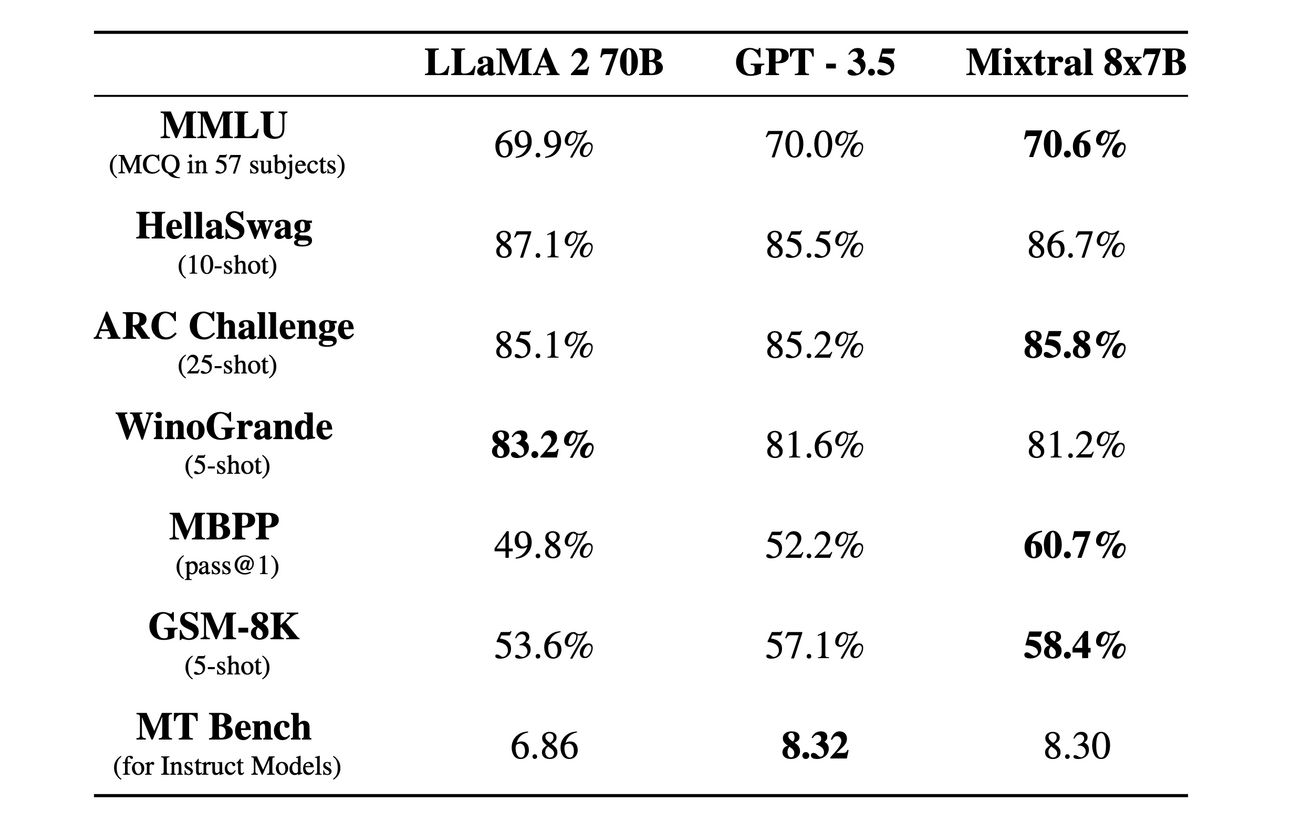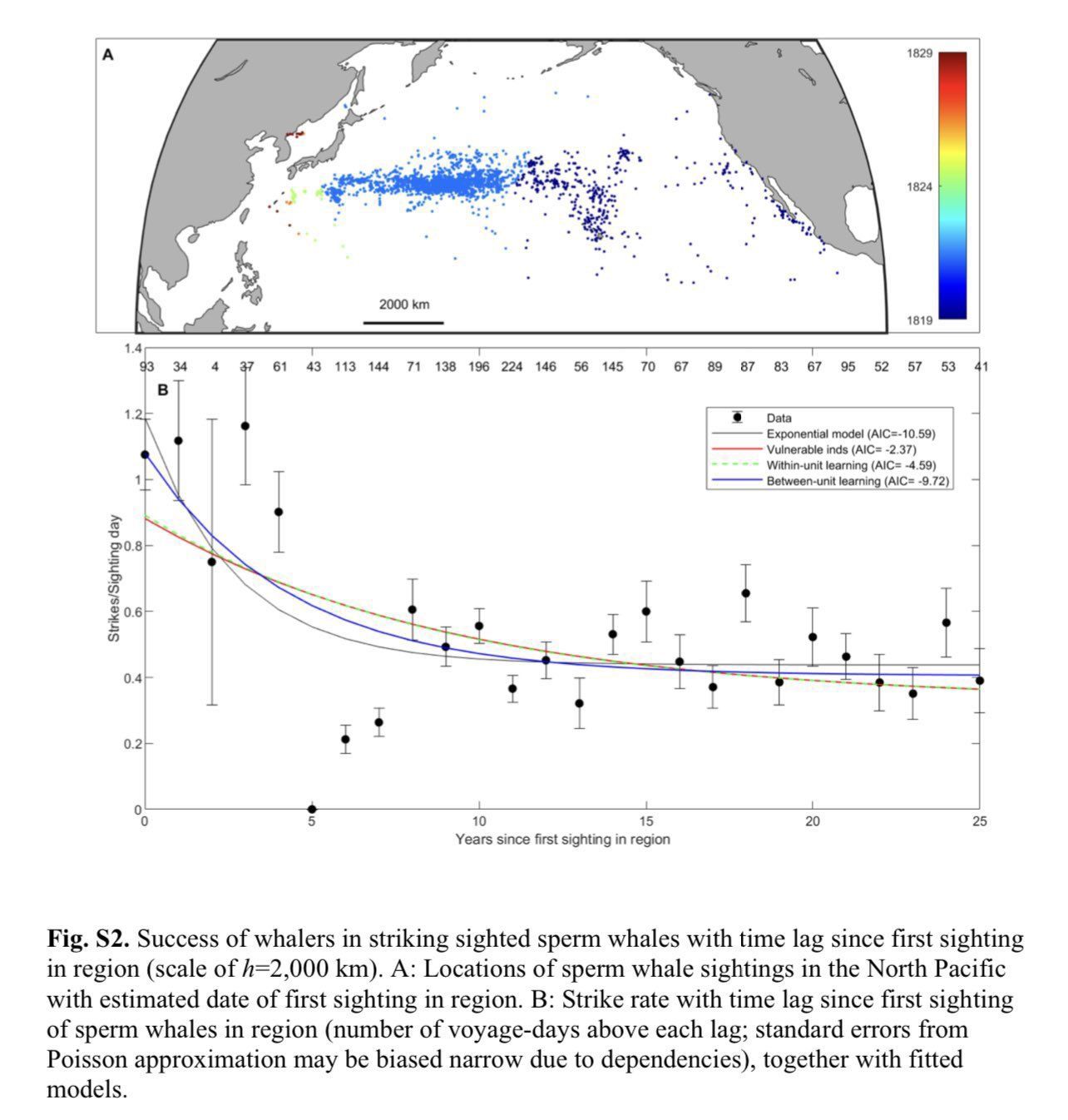- AI Weekly Wrap-Up
- Posts
- New Post 12-13-2023
New Post 12-13-2023
Top Story
FAKE! Google admits demo of Genesis was “edited” to make it appear more powerful
Pathetic. Google invented modern AI. Now they have to make fake videos to appear competitive. For months, Google has been touting its next-generation LLM, codenamed “Genesis”, as waaay better than ChatGPT. Funny thing though, just like your Canadian girlfriend, we never actually saw that killer chatbot they bragged about. Google decided they had to quell the nasty rumors, so they released a video purporting to show the capabilities of Genesis. It immediately went viral, apparently showing Genesis reacting to drawings, photos, videos, and speech seamlessly and in real time, and even wisecracking along the way.
It was impressive. It was masterful. It was.. all a fake. After a number of informed sources expressed skepticism, Google had to sheepishly admit that they had cherrypicked outputs from an untold number of repeated prompts, and woven them together to suggest seamless real time responses.
But that Canadian girlfriend of yours? Totally believable, bro. I mean, in comparison…

Clash of the Titans
Mistral drops Mixtral LLM and bags a cool $415 million
Six months ago, a young crew of French AI stars from Facebook and Google got together to launch Mistral, Europe’s answer to OpenAI. Which would be better, because less… um, American. European investors rained money on these homegrown darlings, and so far, the boys have not disappointed. They quickly released their first 7 billion parameter AI model, which scored well on the usual benchmarks for its size. (ChatGPT has 175 billion parameters, GPT-4 is rumored to have over a trillion.) Now they have chained together 8 of these baby AI’s in an architecture known as Mixture of Experts (because the separate AI’s collaborate in smart ways), and voila! a combo that competes well with ChatGPT itself. Incroyable! Those clever little scamps at Mistral even called their new project Mixtral (get it? get it? Mistral plus Mixture of … oh, forget it.) Cheesy puns aside, the boys still know how to rake in the cash, raising $415 million from top-tier VCs on both sides of the Atlantic, valuing the company (which was founded in May of this year) at $2 billion. What did you do with your summer?

“We are so French that even our AI is Michelin-rated! “

New Yorker spills the tea on the OpenAI Board coup
OpenAI’s 5-day meltdown starting with a Board coup and ending with Sam Altman’s improbable return as CEO is the stuff of which movies are made.
Charles Duhigg’s piece in the New Yorker puts the tale in a larger context of Altman’s evolving relationships with Satya Nardella, CEO of Microsoft, and with his Board, which was a remnant of Artificial General Intelligence safety nerds from the company’s past as a not-for-profit research organization. In a way, it is a coming-of-age story for Altman, who was rapidly transforming from wunderkind suck-up to the powerful, to being a powerful figure in his own right. He had begun to feel that he was more powerful than the Board, and they hated him for it. In the end, he proved his point, effectively firing the Board that fired him. Time will tell whether this trial by fire will temper and mature Altman, like Steve Jobs (who was still a jerk after Apple fired and rehired him, but a much more disciplined and effective jerk), or just confirm him in an Elon-esque egomania. Given the role that AI may play in humanity’s future, a lot could ride on that outcome, for all of us.

Former OpenAI Board member demonstrates how she wanted to strangle CEO Altman
Microsoft releases Phi-2 Small Language Model
One of the major trends in AI these days is big companies using smaller AI models to work on focused tasks. Large, foundational models like OpenAI’s ChatGPT and GPT-4, or Anthropic’s Claude, are both powerful and versatile, but very, very expensive to run. Amping up the capabilities of smaller models through fine-tuning for specific domains can save enormous amounts of dollars and scarce GPU resources. Even Microsoft, OpenAI’s chief partner and investor, is building small models, and they have just released Phi-2, a 13-billion parameter model whose performance competes well with all but the very largest and most advanced LLMs. Small is beautiful, it seems.

“Rolling our own AI, we don’t need to deal with crazy startups.” - MSFT CEO Nardella
Apple releases open source framework for AI on Apple Silicon
Apple is so laid-back about AI, it still calls it ML (for machine learning, dig?) But Apple is a sleeping AI giant. Every MacBook Pro ships with an M-series processor that is ready for AI out of the box, and Apple has designed a unified memory architecture that allows RAM to be assigned to CPU or GPU as needed. The problem? Apple’s GPU software sucks, performing several notches below Nvidia’s industry-leading CUDA GPU software platform. This is a solvable problem. We await only CEO Tim Cook’s green light to throw serious resources at the issue.
Now Apple is releasing an open source framework for AI on Apple hardware, code-named MXL. The giant stirs - might it awake??

Fun News
Sports Illustrated fires the CEO over the fake writer scandal
As we reported previously, Sports Illustrated was caught publishing articles from fake authors with AI-generated profile pictures, and rumor had it that the articles were AI-generated as well. In a rarity in this generally consequence-free era for executive malfeasance at large corporations, CEO Ross Levinsohn was given his walking papers this Monday. Weep not for Ross, though, until we know his severance package. He’s been fired a lot, from several different large media companies, including Yahoo and Tribune Interactive, and always departed with multi-million-dollar severances. Failing upwards - it’s not just a career, it’s a lifestyle for our guy Ross.

New York State puts companion bots in homes of elders
The New York State Office for the Aging has begun deploying hundreds of individual AI-powered companion robots to the homes of elderly persons living alone. The bot, known as ElliQ includes a tablet screen and a lamp-like head that lights up and turns to face the speaker. It proactively engages in conversation with users, asking them how they are doing, and giving them reminders and prompts, such as to take their blood pressure, or take their medications. It can also read audiobooks or deliver wellness advice. The Director of the Office for Aging is very bullish on the project, and says the users interact with ElliQ multiple times each day, and that their reactions to it are generally quite positive. Many more models of companion bots are in the works at multiple companies around the globe, responding to the rapid increase of elderly living alone.

Whales communicate. Probably about us.
This fascinating paper looks at the rapidly declining success of sperm whale hunters in the 19th century, and concludes that sperm whales learned effective avoidance techniques, and taught it to others through their kinship networks.

Cyborg cockroaches may be the future of search and rescue
Hirotaka Sato is a Japanese engineer who witnessed the devastating Tokyo earthquake of 2011 that killed 18,000 people and damaged the Fukushima nuclear power plant. Watching the frantic and often chaotic search and rescue efforts for survivors, he had a conviction that he needed to invent a better way.
His solution was robot insects, and his dream is coming to reality. 5-centimeter long Madagascar hissing cockroaches are mounted with up to 15 grams of solar-powered technology, including an infrared camera and a processor that can identify humans. The robo-roaches can explore autonomously, or be steered with implanted electrodes. The major advantage of the hybrid biobots versus a fully robotic solution is that the insects feed themselves without using battery power, all of which can then be channeled to the sensors and processors.

Think AI is advancing fast? Take a look at 3 weeks in 1879.
21st century tech seems to be evolving at breakneck speed. But think of our ancestors in the 19th century, which saw the invention of most of the technology that defined the 20th century, from train travel, to telegraphs, telephones, automobiles, and more. One 3-week period in 1879 saw the invention of the incandescent light bulb (Thomas Edison, USA), the first practical internal combustion engine (Karl Benz, Germany), and the wireless radio transmitter (David Edward Hughes, USA).



AI is killing software switching costs
Because software has had to be coded in arcane computer languages, ordinary people are generally locked into a premade solution that they are unable to change. The investment to learn the interface is substantial, and is a powerful deterrent to switching to another solution. Now AI in the form of Large Language Models like ChatrGPT can act as universal translators between systems, and in effect a universal user interface. Switching to another software solution is going to become ever-easier, destroying a significant part of the economic model of most software companies, who rely on that lock-in for reliable recurring revenue.

With AI as the universal user interface, user lock-in may be a thing of the past.
AI in Medicine
Warwick U. announces AI that can read Xrays as well as Radiologists
The UK University of Warwick has developed an AI model that can read chest Xrays as well as human Radiologists. This adds to a long list of imaging models that have achieved human equivalency or better. So far, none have replaced Radiologists, primarily due to medical-legal, regulatory, and liability issues. Prediction: there will come a day when it is deemed medical malpractice NOT to use AI.

New KLAS report shows AI growth in large healthcare organizations
Healthcare research organization KLAS has a new report out on the use of AI in healthcare organizations. To date, about 25% of healthcare organizations have tried AI solutions, with about 58% projecting use in 2024. This growth is mostly in the larger organizations. The article here gives multiple examples of AI initiatives of large health care systems with large vendors.

That's a wrap! More news in 3 weeks.(Christmas Break until 1/3/24.)